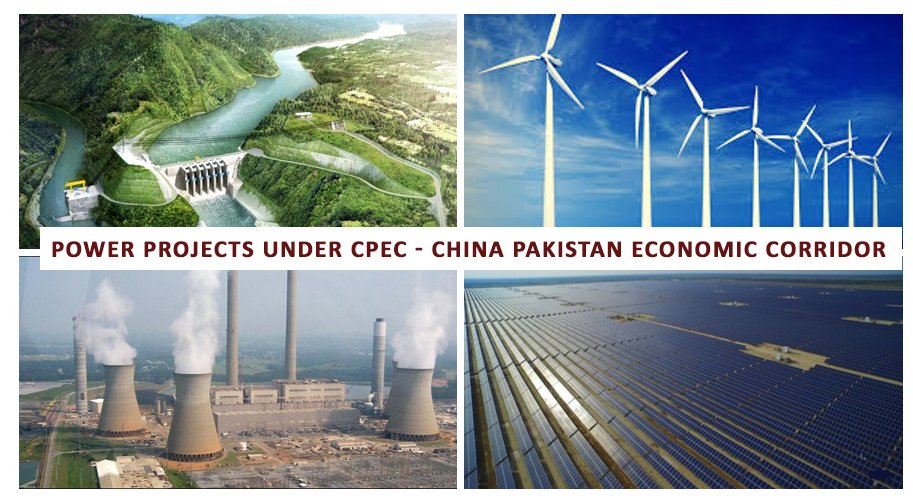By Mr. Khalid Taimur Akram, Executive Director, PRCCSF | TNMN.tv
A Decade of Progress in Pakistan’s Energy Sector
Pakistan’s long-standing energy crisis has witnessed a dramatic turnaround due to projects under the China-Pakistan Economic Corridor (CPEC). With $35 billion invested in energy initiatives, the partnership with Chinese companies has added over 10,400 MW of electricity, addressing power shortages and supporting economic growth.
These efforts have diversified Pakistan’s energy mix through coal, solar, wind, and hydropower projects. By September 2024, Chinese firms had helped generate 229.8 billion kWh of electricity. Over 8,700 MW of capacity has been added in just 11 years, significantly easing power shortages and enabling industrial expansion.
Key CPEC Energy Contributions
1. China Power Hub Generation Company (CPHGC):
Located in Hub, Balochistan, this 1,320 MW coal-based plant, a joint venture between CPIH and HUBCO, powers over 4 million people. With $1.9 billion in investment, the plant has delivered 23 billion kWh of energy and turned surrounding land into a sustainable “desert oasis.”
2. Port Qasim Coal Power Plant:
Commissioned in 2018, the $2.08 billion, 1,320 MW facility generates 9 billion kWh annually. It plays a crucial role in reducing Pakistan’s power deficit.
3. Hydropower by China Energy Engineering Group:
Projects like the 884 MW Suki Kinari and the Neelum Jhelum Hydropower Station tap into water resources, promoting clean energy and reducing fossil fuel dependence.
4. Huaneng Shandong Ruyi – Sahiwal Coal Power Plant:
Since 2017, this 1,320 MW facility has met the energy needs of 20 million citizens, strengthening both residential and industrial stability.
5. Matiari-Lahore HVDC Transmission Line:
Spanning 886 km, this 660 kV line became operational in 2021. It evacuates 4,000 MW of power with minimal loss, benefiting over 10 million households.
6. Karot Hydropower Project – China Three Gorges South Asia Investment:
The 720 MW plant, operational since 2022, produces 3.2 billion kWh annually from the Jhelum River. It boosts clean energy output and supports sustainable growth.
7. Shanghai Electric and CMEC in Thar:
By utilizing local coal reserves, projects like the 660 MW Engro Power Thar and Block-II Coal Mines have reduced energy import dependence and economically uplifted the Thar region.
Long-Term Sustainability and Economic Impact:
These projects have been designed for long-term benefits. Hydropower plants will be handed over to provincial authorities after 30 years, free of charge. Energy tariffs are expected to decline by 50% over the next 10–12 years, reducing the national burden.
Thousands of jobs have been created, and infrastructure improvements are visible across regions. Additionally, the emphasis on renewables reflects Pakistan’s commitment to sustainable development and environmental protection.
A Testament to Bilateral Cooperation:
The success of CPEC’s energy portfolio demonstrates the strength of China-Pakistan cooperation. These initiatives not only address Pakistan’s energy needs but also symbolize mutual trust, strategic partnership, and shared progress.
As Pakistan continues its journey toward energy security and economic stability, CPEC remains a cornerstone of national transformation, providing light, power, and hope for generations to come.





